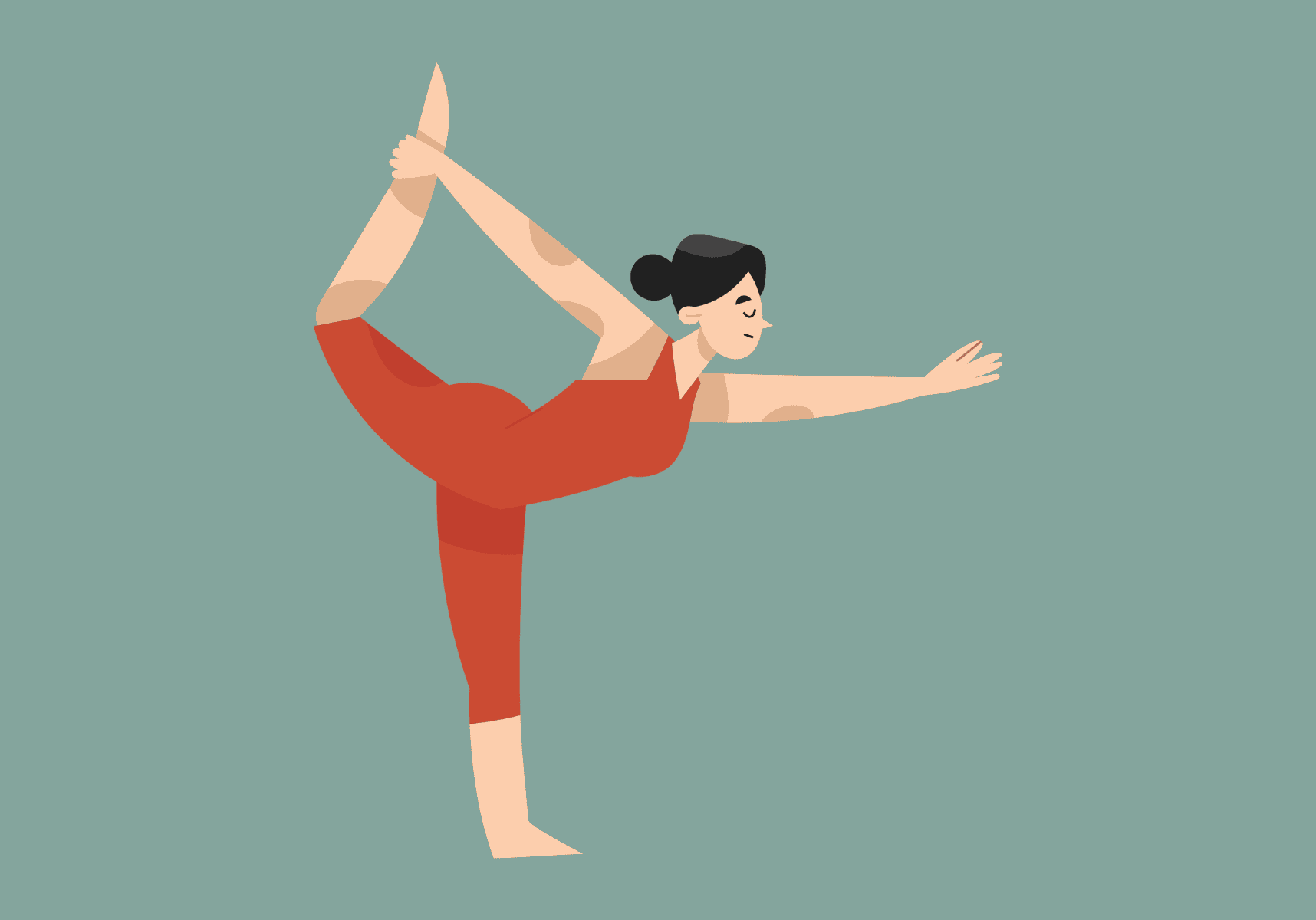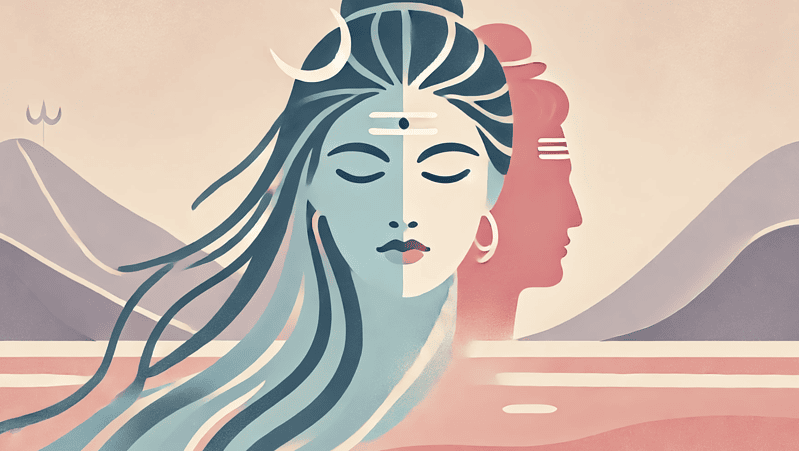
The Magic & Mythology of The Dancer Pose
A Dance of Balance, Grace, and Yogic Wisdom - By Zahir Akram
Reading time: 3 minutes
In yogic lore, Shiva and Parvati, often referred to as the "cosmic couple," represent the ultimate balance—the dance of creation and destruction, energy, and matter. Their status has been elevated to that of gods, and while many honor them in this divine form, it’s important to understand that they don’t have to be seen as deities by anyone who reads this blog.
For me, their story is not about religion and worship — they represent a profound metaphor for the very fabric of existence, for the interplay between the seen and unseen forces that shape our reality.
Shiva, often called the first yogi, represents matter, the stillness and form that makes up the universe. Parvati, the divine feminine, embodies energy, the force that moves, transforms, and breathes life into matter. Together, they aren’t just husband and wife, or even gods and goddesses—they’re the perfect expression of balance and harmony.
Without matter, energy would have no vessel, and without energy, matter would remain inert, lifeless. It is said in yogic lore that without Parvati, Shiva is inert and devoid of life. He is "Shava" - as in the corpse pose Shavasana. Parvati literally breathes life into Shiva.
That is why there is a murti of them in our studio. They reflect the balance of opposites and are the very principles of balance that sustain our universe. They are as one.
As Sadhguru once said, “Shiva is not a being; he is a happening.” And Parvati is the force that makes that happening come alive.
When I share stories of them both, I do so in a way that celebrates the roots of yoga. Without them, without Parvati's questions, you would not be reading this blog. You wouldn't have a yoga practice. We wouldn't know what yoga is. My continued sharing of their story serves as a reminder that yoga means to find harmony. To navigate the trials and tribulations (as Shiva & Parvati did) and to find that peace and harmony within.
Parvati’s Dance of Balance and Grace
Parvati's Yoga wasn’t about competition; it was about expression.
Parvati's dancer pose wasn’t a replication—it was her truth.
The Meaning of Natarajasana
"To identify the dancer in the dance, you must get so immersed in the dance that you also become the dance—you are not a spectator, you are it—then you know the dancer by experience; you are touched by him."
Lessons from Parvati: Let Go of Perfection
Zahir Akram - eternal seeker
If you're eager to delve deeper into the world of yoga, we invite you to explore our Yoga Teacher Training program. Whether you're starting from scratch with our entry-level 200-hour course or seeking advanced knowledge with our 300-hour course, our training equips you with the skills to become a certified yoga teacher. However, this journey isn't limited to aspiring instructors alone. If you share the same passion for learning and desire to expand your understanding of the art you adore, like me, then this course is perfect for you.





